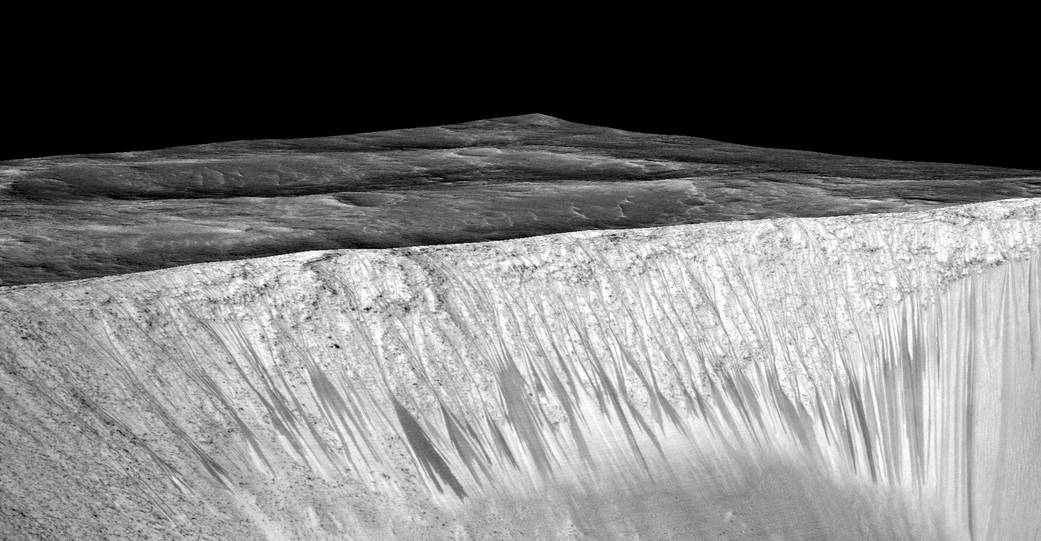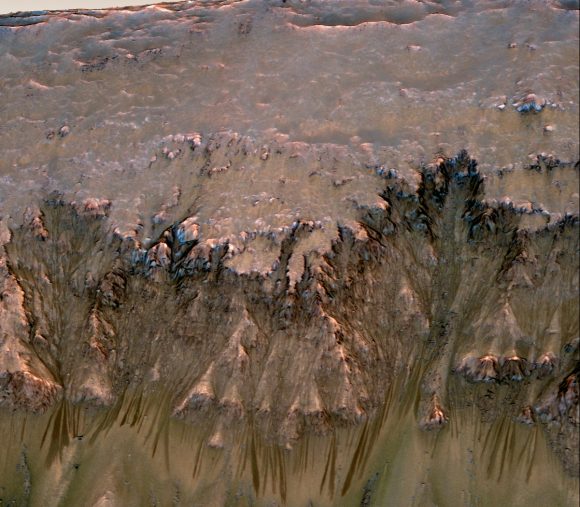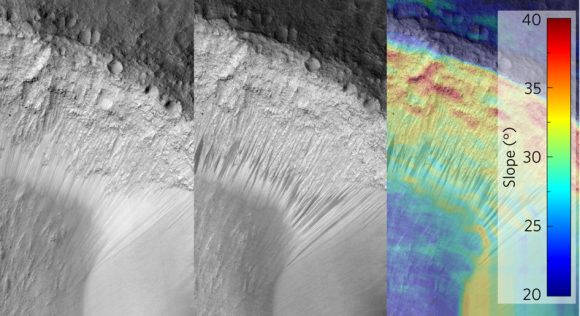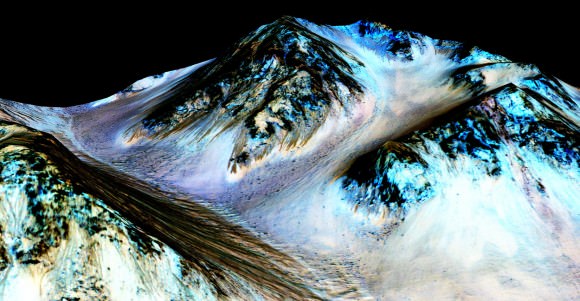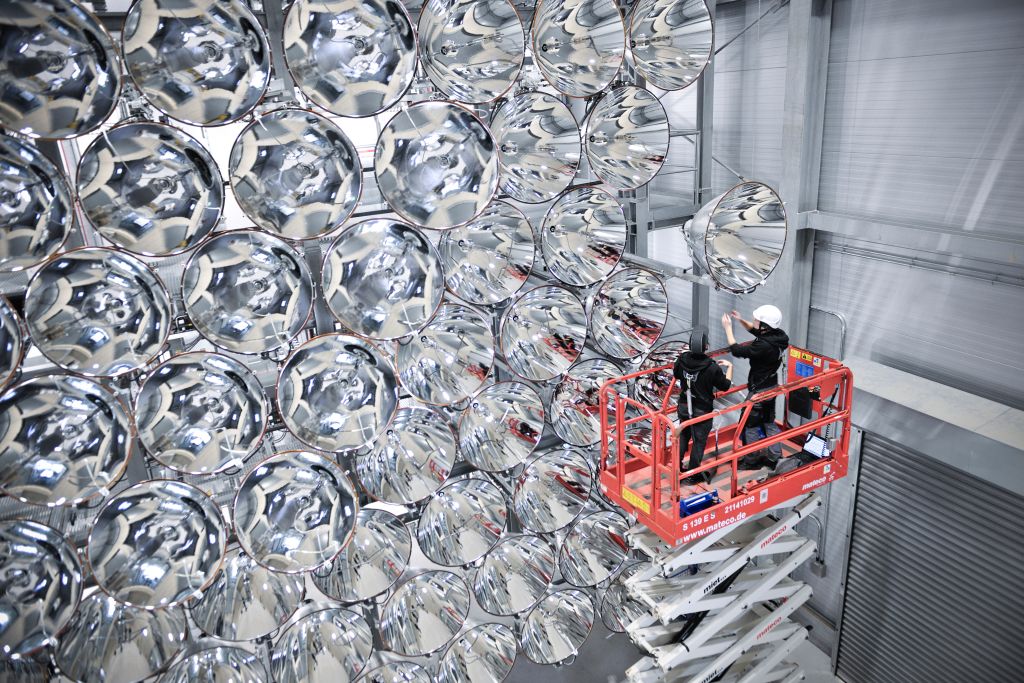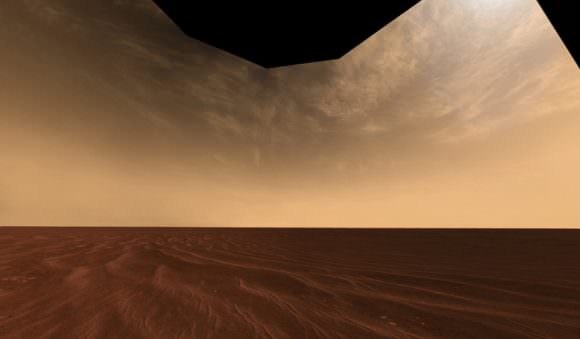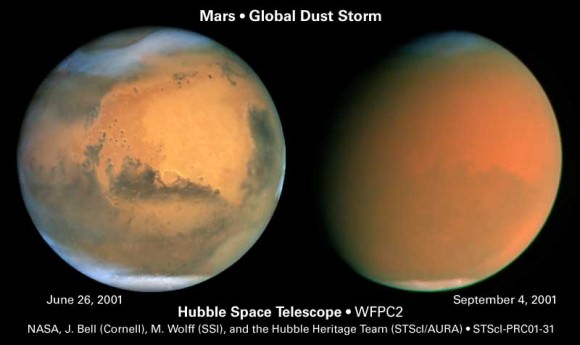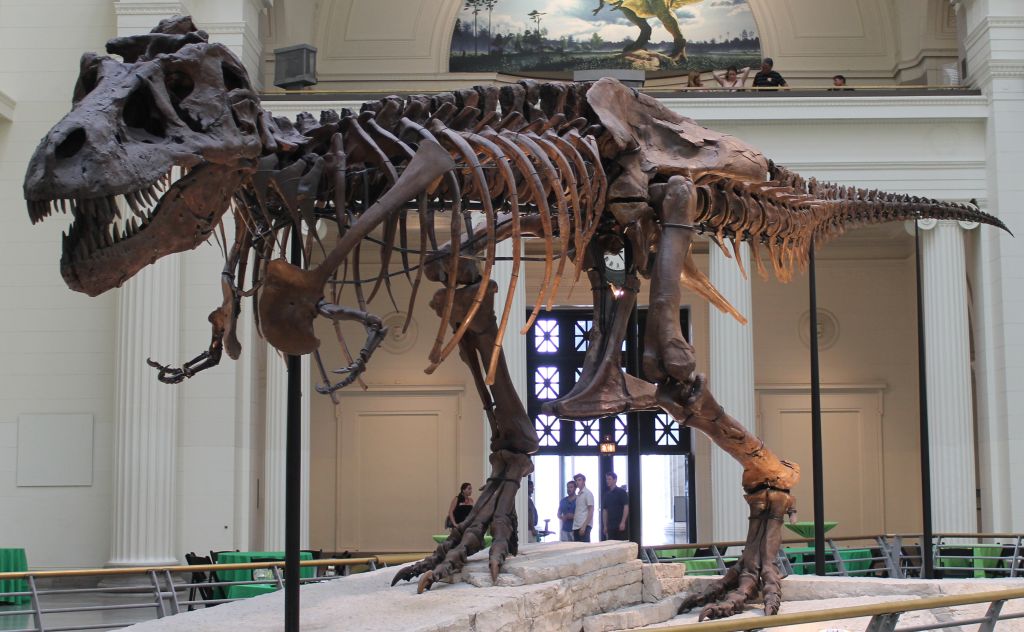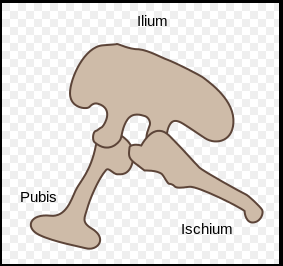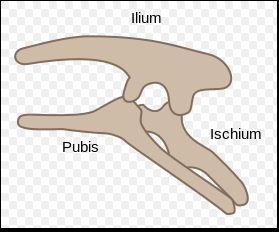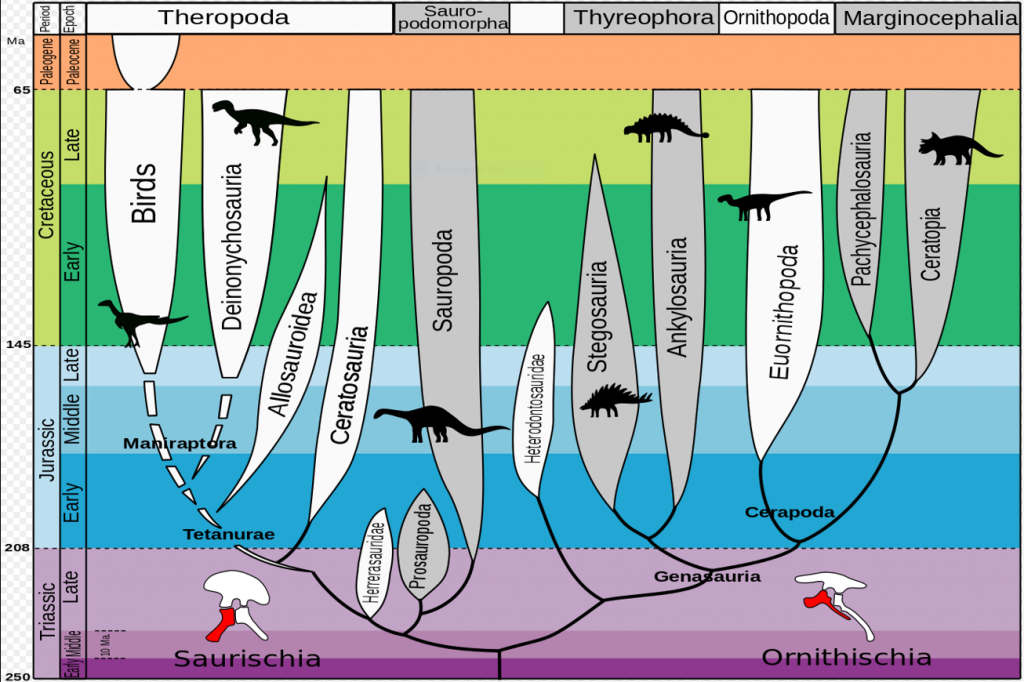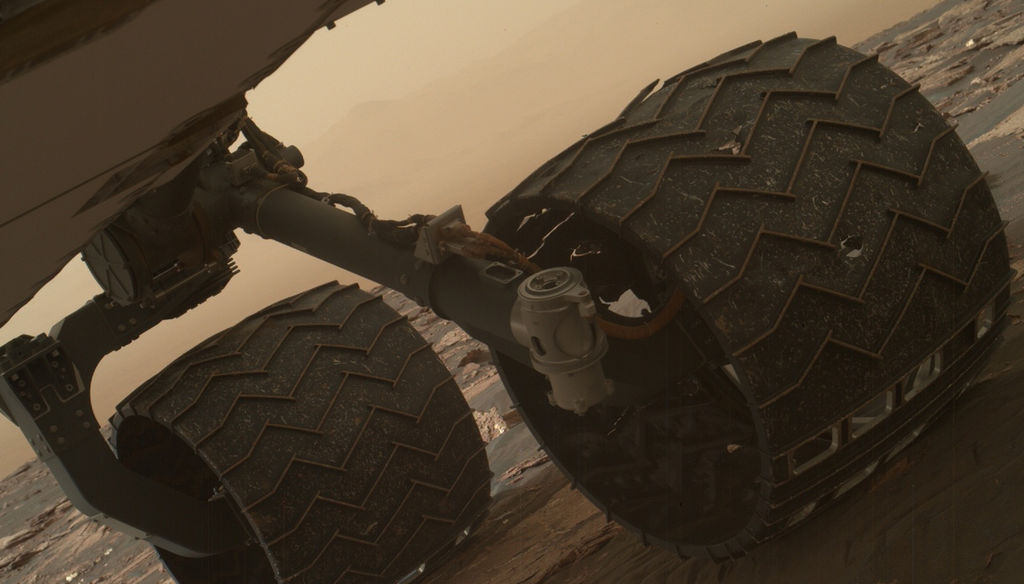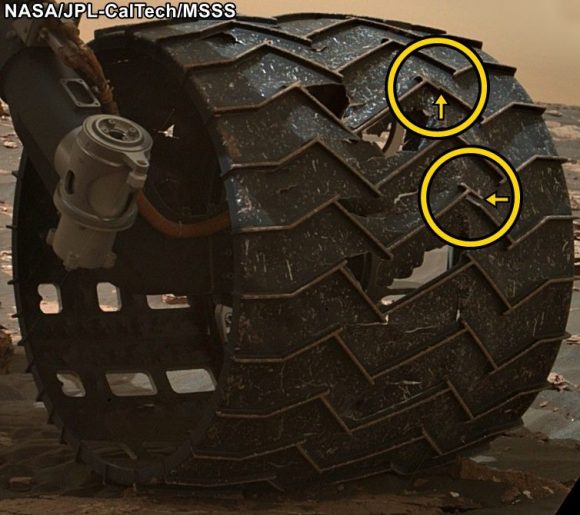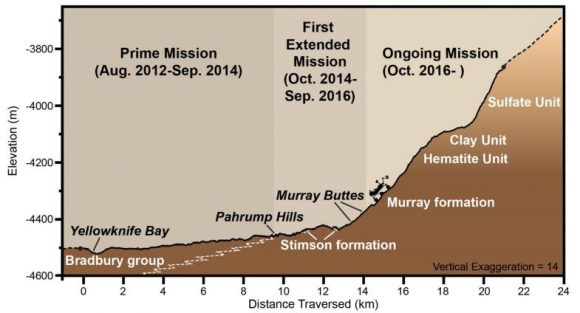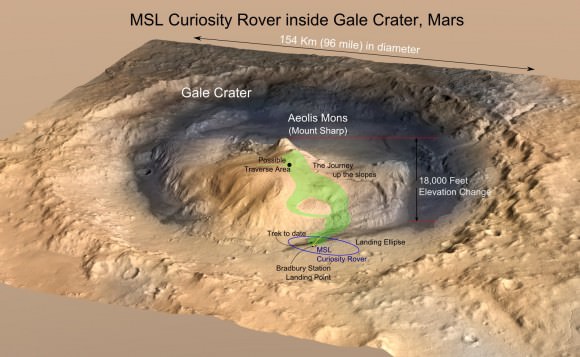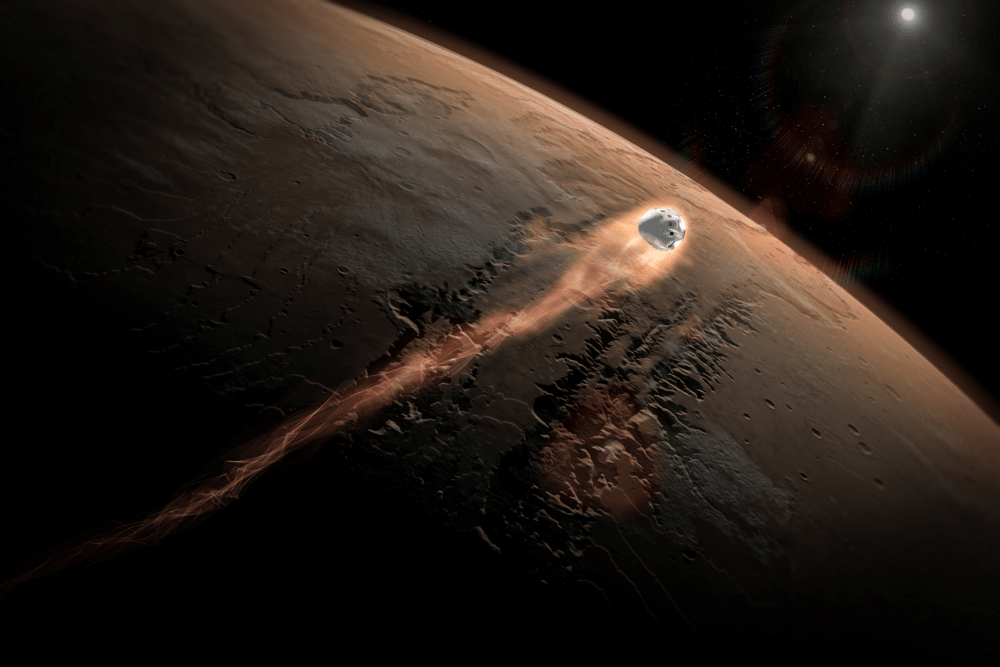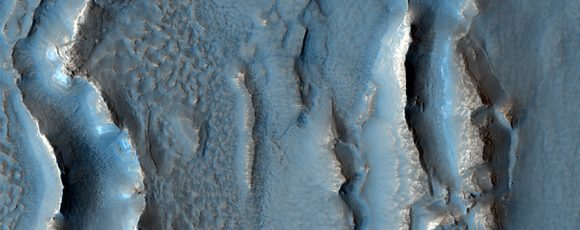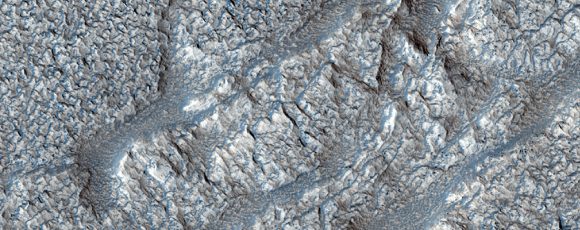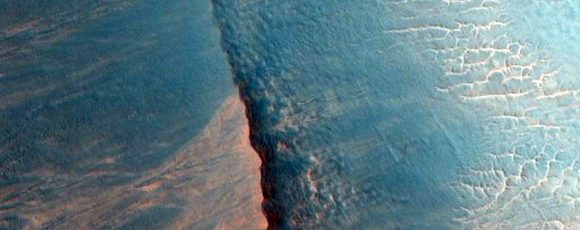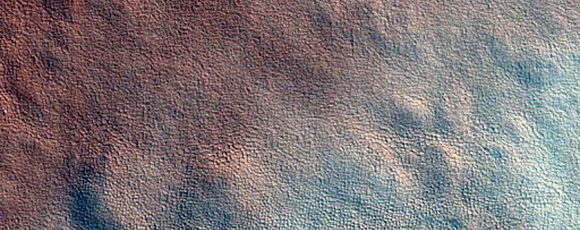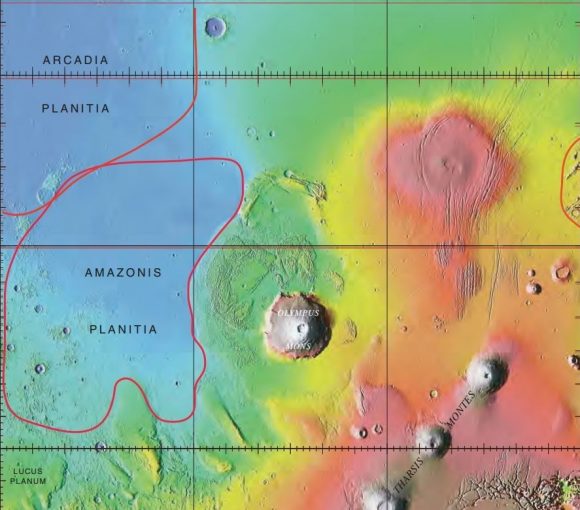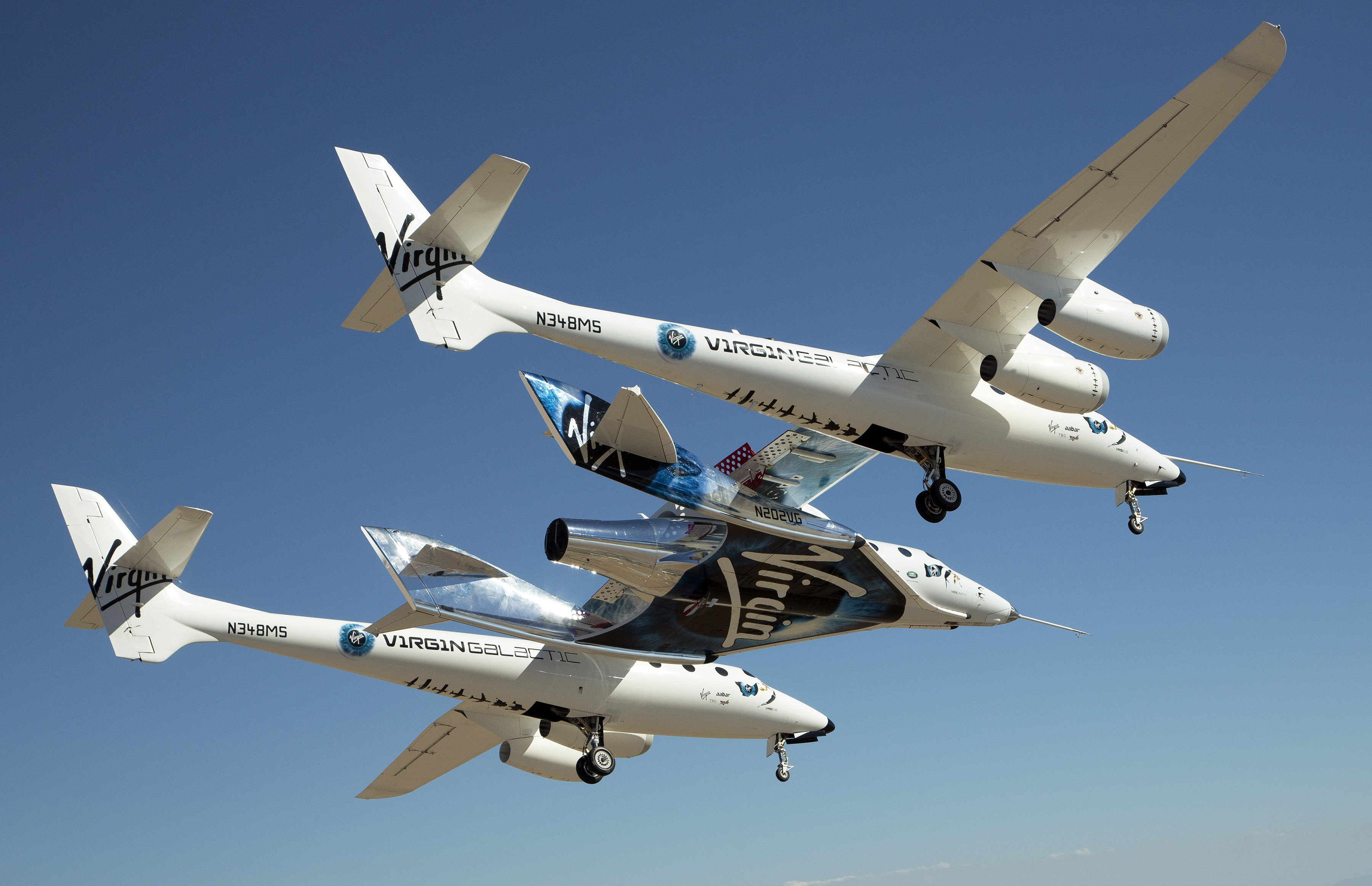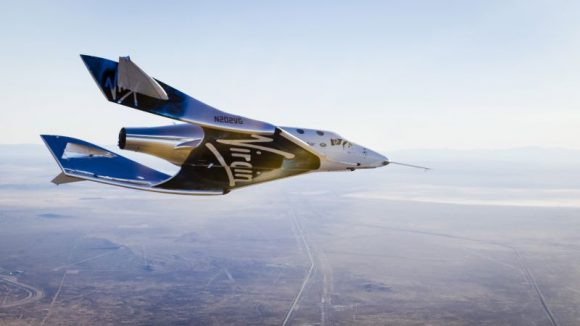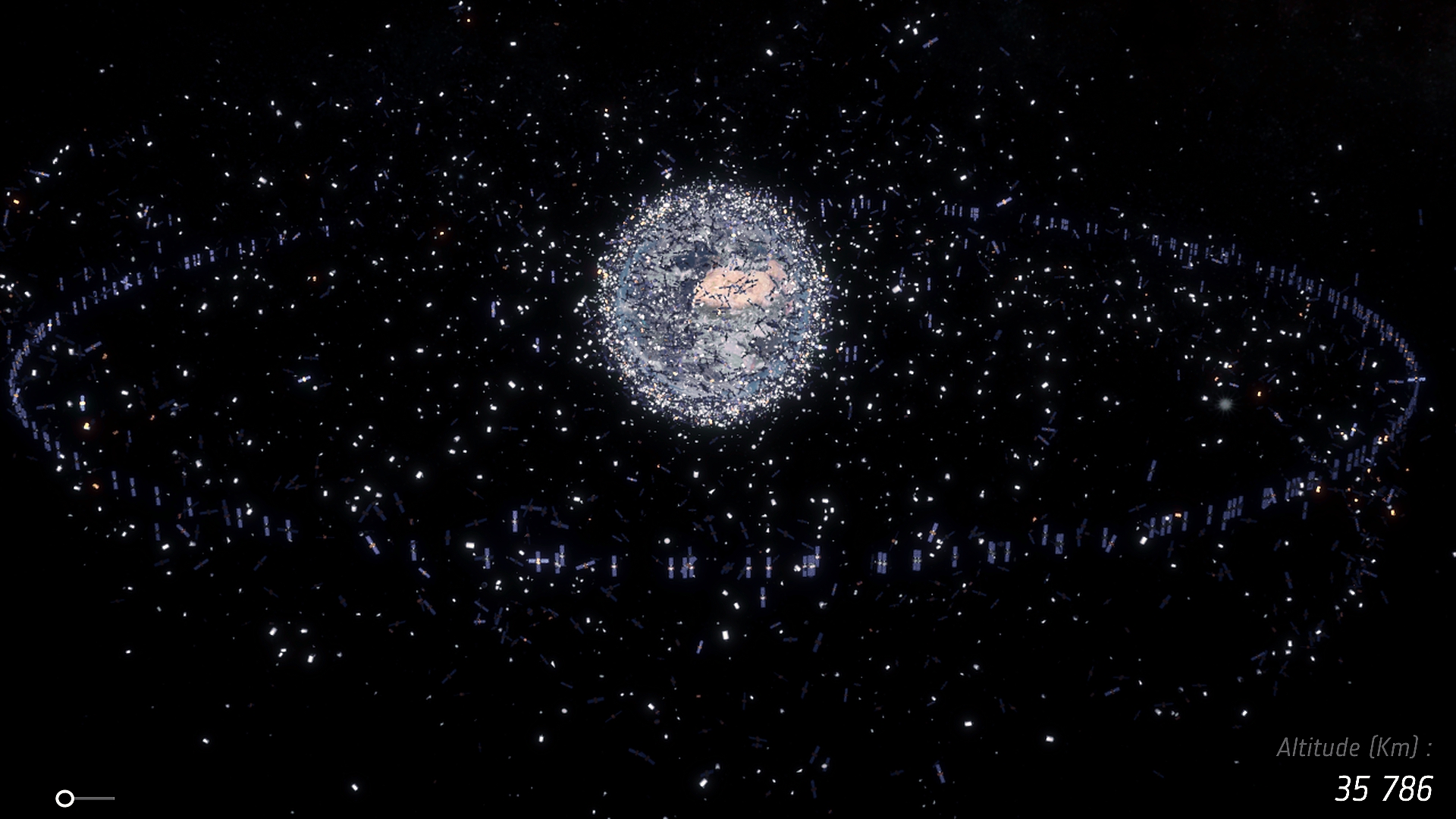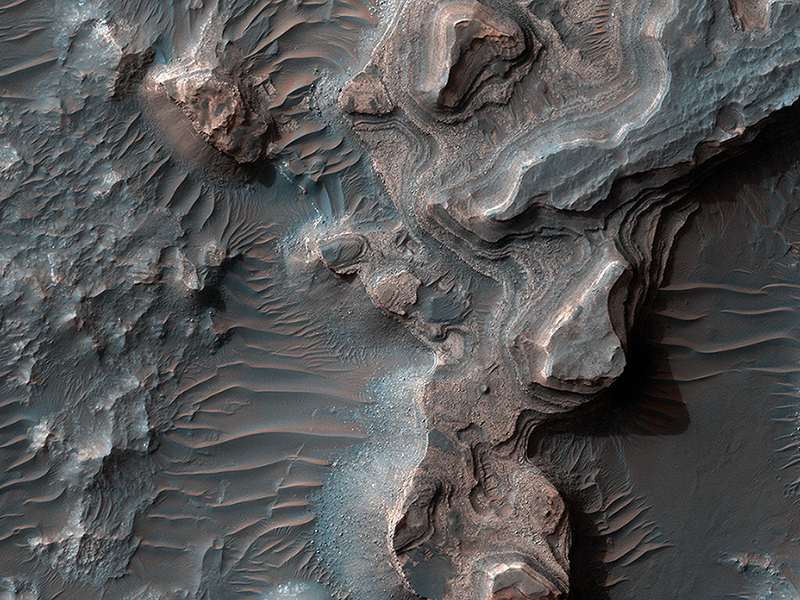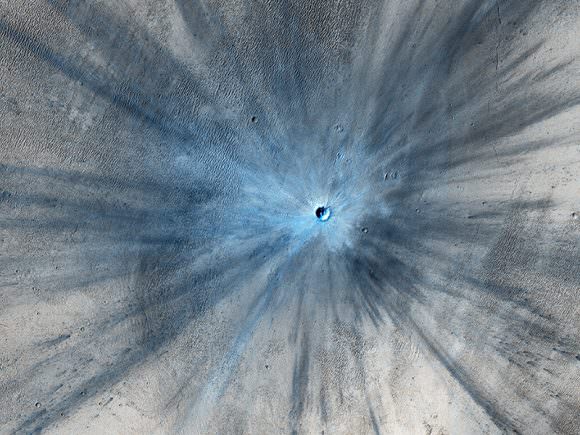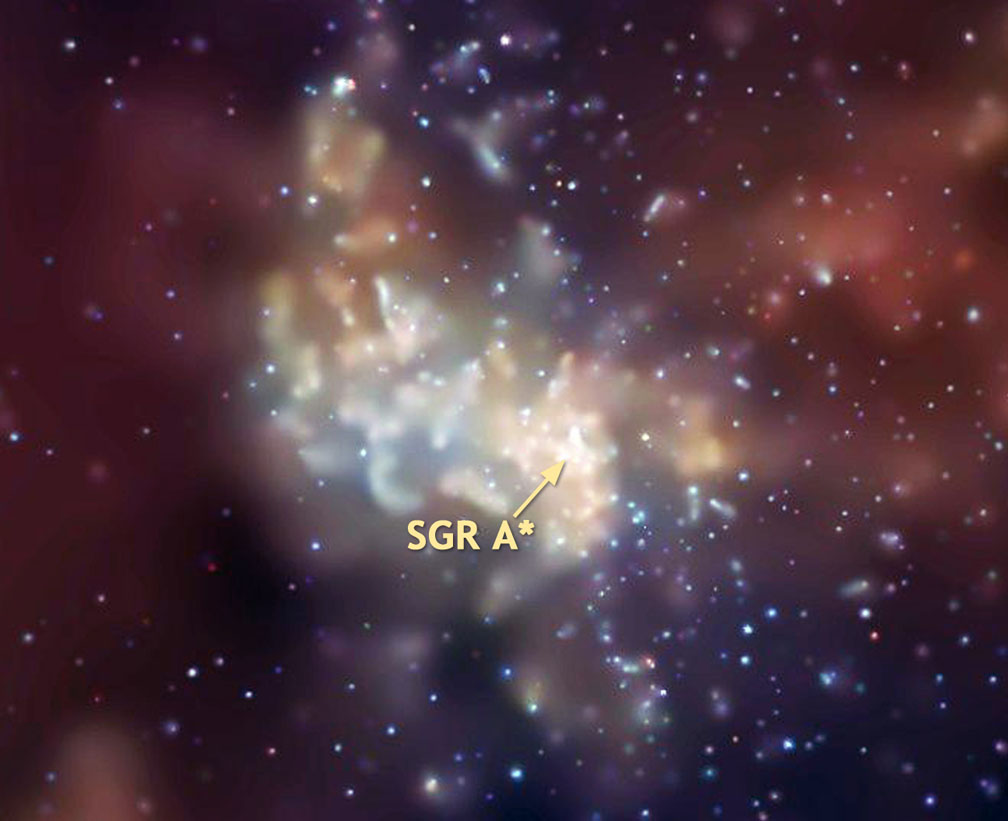
When your ordinary citizen learns there’s a supermassive black hole with a mass of 4 million suns sucking on its teeth in the center of the Milky Way galaxy, they might kindly ask exactly how astronomers know this. A perfectly legitimate question. You can tell them that the laws of physics guarantee their existence or that people have been thinking about black holes since 1783. That year, English clergyman John Michell proposed the idea of “dark stars” so massive and gravitationally powerful they could imprison their own light.

Credit: A. Eckart (U. Koeln) & R. Genzel (MPE-Garching), SHARP I, NTT, La Silla Obs., ESO
Michell wasn’t making wild assumptions but taking the idea of gravity to a logical conclusion. Of course, he had no way to prove his assertion. But we do. Astronomers now routinely find bot stellar mass black holes — remnants of the collapse of gas-guzzling supergiant stars — and the supermassive variety in the cores of galaxies that result from multiple black hole mergers over grand intervals of time.
Some of the galactic variety contain hundreds of thousands to billions of solar masses, all of it so to speak “flushed down the toilet” and unavailable to fashion new planets and stars. Famed physicist Stephen Hawking has shown that black holes evaporate over time, returning their energy to the knowable universe from whence they came, though no evidence of the process has yet been found.

So how do we really know a massive, dark object broods at the center of our sparkling Milky Way? Astronomers use radio, X-ray and infrared telescopes to peer into its starry heart and see gas clouds and stars whirling about the center at high rates of speed. Based on those speeds they can calculate the mass of what’s doing the pulling.
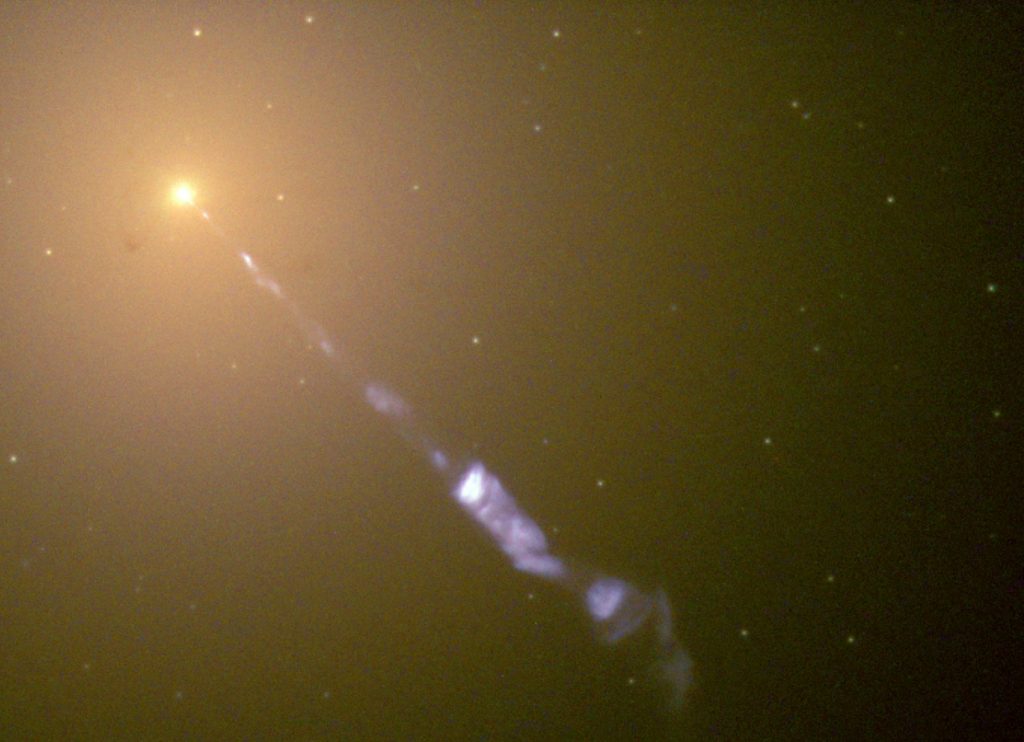
In the case of the galaxy M87 located 53.5 million light years away in the Virgo Cluster, those speeds tell us that something with a mass of 3.6 billion suns is concentrated in a space smaller than our Solar System. Oh, and it emits no light! Nothing fits the evidence better than a black hole because nothing that massive can exist in so small a space without collapsing in upon itself to form a black hole. It’s just physics, something that Mr. Scott on Star Trek regularly reminded a panicky Captain Kirk.
So it is with the Milky Way, only our black hole amounts to a piddling 4 million-solar-mass light thief confined within a spherical volume of space some 27 million miles in diameter or just shy of Mercury’s perihelion distance from the Sun. This monster hole resides at the location of Sagittarius A* (pronounced A- star), a bright, compact radio source at galactic center about 26,000 light years away.
Video showing a 14-year-long time lapse of stars orbiting Sgr A*
The time-lapse movie, compiled over 14 years, shows the orbits of several dozen stars within the light year of space centered on Sgr A*. We can clearly see the star moving under the influence of a massive unseen body — the putative supermassive black hole. No observations of Sgr A* in visible light are possible because of multiple veils of interstellar dust that lie across our line of sight. They quench its light to the tune of 25 magnitudes.
Merging black holes (the process look oddly biological!). Credit: SXS
How do these things grow so big in the first place? There are a couple of ideas, but astronomers don’t honestly know for sure. Massive gas clouds around early in the galaxy’s history could have collapsed to form multiple supergiants that evolved into black holes which later then coalesced into one big hole. Or collisions among stars in massive, compact star clusters could have built up stellar giants that evolved into black holes. Later, the clusters sank to the center of the galaxy and merged into a single supermassive black hole.
Whichever you chose, merging of smaller holes may explain its origin.
On a clear spring morning before dawn, you can step out to face the constellation Sagittarius low in the southern sky. When you do, you’re also facing in the direction of our galaxy’s supermassive black hole. Although you cannot see it, does it not still exert a certain tug on your imagination?


